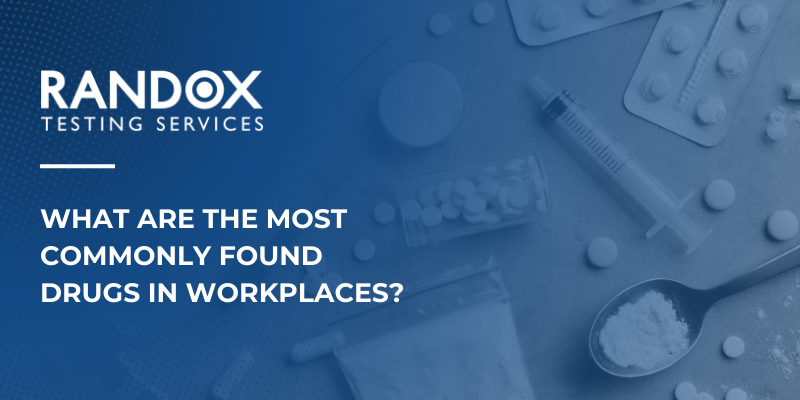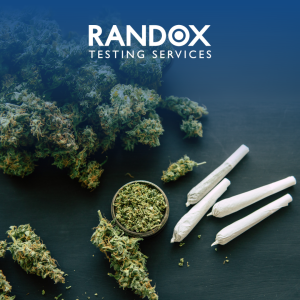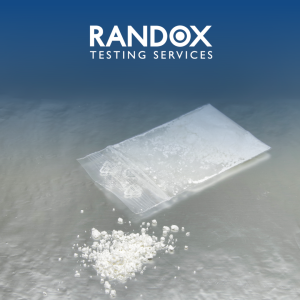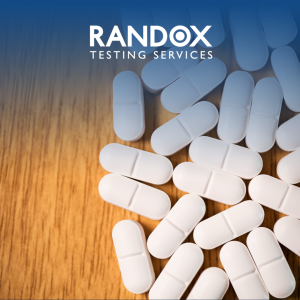Most Commonly Found Drugs in Workplaces

The Most Commonly Found Drugs in Workplaces
Substance misuse in the workplace is a growing concern, impacting not only safety and productivity but also employee well-being. Certain drugs are more prevalent in workplaces across the UK and Ireland, each bringing unique risks and challenges. This blog will delve into the most commonly found drugs in workplaces, their effects, and why they are particularly concerning in occupational environments.
1. Cannabis
Cannabis is one of the most widely used illicit drugs in both the UK and Ireland, often perceived as a relatively “safe” drug by users due to its legal status in some parts of the world. However, its psychoactive effects can impair motor skills, judgment, and concentration, making it highly risky in workplace settings, especially in roles that involve heavy machinery or vehicles.
Effects: Cannabis contains tetrahydrocannabinol (THC), which induces relaxation and euphoria but also impairs short-term memory, attention, and motor coordination. Regular or heavy use can lead to decreased cognitive function, which lingers even after the immediate “high” has faded.
Risks: The impairing effects of cannabis can lead to a higher likelihood of accidents, especially in high-risk environments like construction or manufacturing. The drug’s influence can reduce an employee’s ability to make quick decisions or react appropriately to hazards.
In the UK, cannabis use among adults aged 16-59 is the most prevalent of any illicit substance (1). In Ireland, the Irish National Drug and Alcohol Survey (2019–20) reported that cannabis was the most common drug, with 5.9% of respondents reporting use in the last month (2).

2. Cocaine
Cocaine is increasingly popular in professional settings due to its stimulant effects, which users believe may enhance productivity or help them cope with high-stress situations. However, its short-lived effects can lead to repeated use, increasing the risk of dependency.
Effects: Cocaine boosts dopamine levels in the brain, creating intense euphoria and energy but also leading to paranoia, anxiety, and impulsive behaviour. The crash following cocaine use can cause fatigue, depression, and irritability, further impacting job performance.
Risks: In the workplace, cocaine use can result in erratic behaviour, increased risk-taking, and poor decision-making. Long-term use leads to severe health problems, including heart issues and neurological damage, which can cause unpredictable behaviour and pose safety hazards.
The UK Drug Situation 2019 report noted that powder cocaine is the most commonly used stimulant among UK adults, with usage rates peaking at 2.9% in 2018–2019 (3). In Ireland, the survey revealed a 1.9% recent use rate, showing a rise in cocaine use across all age groups (2).

3. Prescription Medications (Opioids and Benzodiazepines)
The misuse of prescription medications, particularly opioids and benzodiazepines, is a growing issue in the workplace. These drugs, often prescribed for pain relief or anxiety, can cause dependency and severe impairment when used inappropriately.
Effects: Opioids (e.g., morphine, codeine) and benzodiazepines (e.g., Xanax, Valium) are central nervous system depressants, leading to sedation, drowsiness, and cognitive impairment. They carry a high risk of dependency, especially when used outside prescribed guidelines.
Risks: Employees under the influence of opioids or benzodiazepines may exhibit slowed reaction times, impaired decision-making, and coordination issues, increasing the likelihood of accidents. In roles requiring alertness, such as operating machinery or driving, these effects can be especially dangerous.
The UK faces significant issues with prescription drug abuse, particularly opioids, as highlighted by a report labelling it one of the highest rates in Europe (4). Ireland has also observed growing concerns regarding prescription medication misuse, with more than 10% of Irish adults having used prescription medications for non-medical reasons (2).

4. Alcohol
While alcohol is legally consumed, its misuse remains a prominent issue in the workplace, leading to absenteeism, decreased productivity, and safety risks. Alcohol dependency can also contribute to poor mental health, which can affect both personal well-being and professional performance.
Effects: Alcohol is a depressant that initially produces relaxation and lowered inhibition but quickly leads to impaired motor skills, reduced cognitive function, and impaired judgment. Chronic alcohol misuse can cause long-term health issues, including liver disease, depression, and cardiovascular problems.
Risks: The impairing effects of alcohol use can be subtle, particularly the day after drinking, leading to a phenomenon often called the “hangover effect,” where residual impairment affects performance. This is especially risky in industries where safety is a priority, as even low blood alcohol levels can compromise reflexes and focus.
Alcohol misuse is estimated to be responsible for up to 5% of all workplace absences in the UK (1). In Ireland, alcohol-related issues cost the economy €614 million annually, with €185 million attributed to workplace accidents alone (5).

Conclusion
The misuse of substances such as cannabis, cocaine, prescription drugs, and alcohol in the workplace presents serious challenges to health, safety, and productivity. For employers, the implementation of a well-structured drug and alcohol policy is crucial in managing these risks and fostering a safer work environment. Comprehensive policies and regular testing can help identify potential issues before they escalate, ensuring a productive and secure workplace for all.
For tailored testing for these substances, contact Randox Testing Services for a reliable partner in workplace drug and alcohol testing solutions from training and policy creation to sample collection and results reporting.
Learn more at RandoxTestingServices.com or contact testingservices@randox.com
References
1. TUC. (2019). Drugs and alcohol in the workplace. Retrieved from https://www.tuc.org.uk/resource/drugs-and-alcohol-workplace
2. Mongan, D., Miller, J., & Galvin, B. (2021). The 2019–20 Irish National Drug and Alcohol Survey: main findings report. Retrieved from https://www.drugsandalcohol.ie/34287/
3. GOV.UK. (2019). United Kingdom drug situation 2019: summary. Retrieved from https://www.gov.uk/government/publications/united-kingdom-drug-situation-focal-point-annual-report/uk-drug-situation-2019-summary
4. High Speed Training. (2017). Drugs in the Workplace: A Guide for Managers & Employers. Retrieved from https://www.highspeedtraining.co.uk/hub/drugs-in-the-workplace/
5. Alcohol Action Ireland. (2023). Alcohol’s cost to society. Retrieved from https://alcoholireland.ie/facts-about-alcohol/alcohol-cost-to-society/